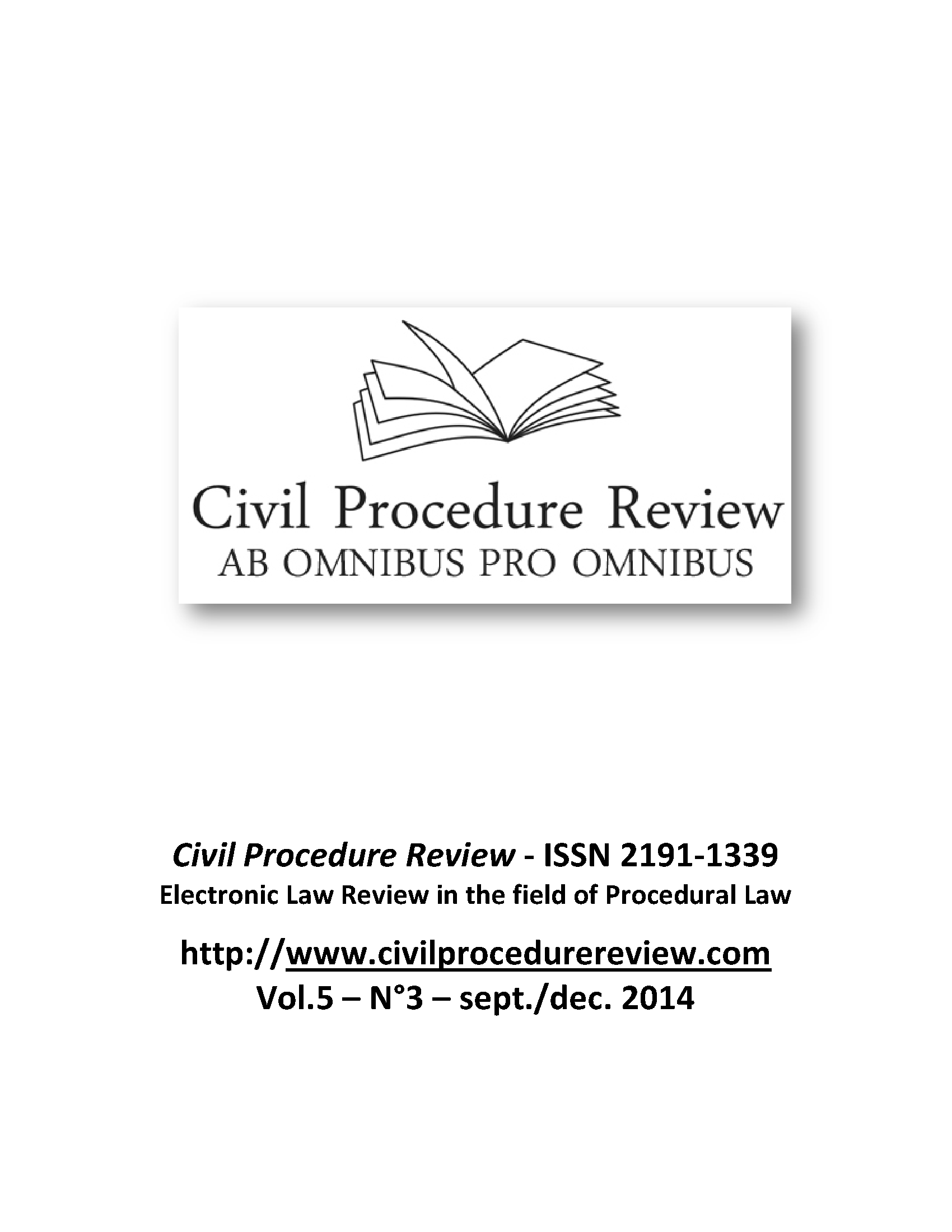The Rule against Bias
The impact of the Judicial Code of Conduct in England and the need for impartiality in European Court rulings
Palavras-chave:
Right to a fair trial, Apparent bias, Judicial AccountabilityResumo
The UK Guide to Judicial Conduct issued in March 2013 sets out the ground rules for judges to refrain from any activity that may give rise to bias. These include specific guidelines that are set out to preclude such behaviour which may lead to the perception of bias by one of the parties to the case.1 It sets out the six principles known as the Bangalore Principles of Judicial Conduct endorsed at the 59th session of the UN Human Rights Commission at Geneva in April 2003 into its new framework of rules. In 2014 there have several cases reported where the Court of Appeal has had to address the question of apparent bias from judges purporting to exercise their case management directions in a 'robust' manner. The Court has had to warn against judges exceeding their remit while accepting that they there had to a fine line drawn in exercising the rule against bias. This paper is an analysis of the English rule against bias which is based on precedent established by case law. The European Courts judgments have to be noted to determine how the European Treaties have dealt with the right to a fair trial. The argument is for the legal system to maintain a clear separation of powers to preclude the inference of bias from arising when the court is dealing with a legal matter.
Downloads
Downloads
Publicado
Como Citar
Edição
Seção
Licença
Este trabalho está licenciado sob uma licença Creative Commons Attribution-NonCommercial-ShareAlike 4.0 International License.











